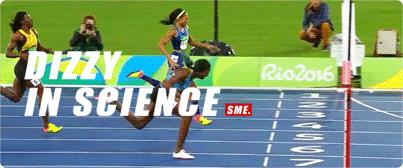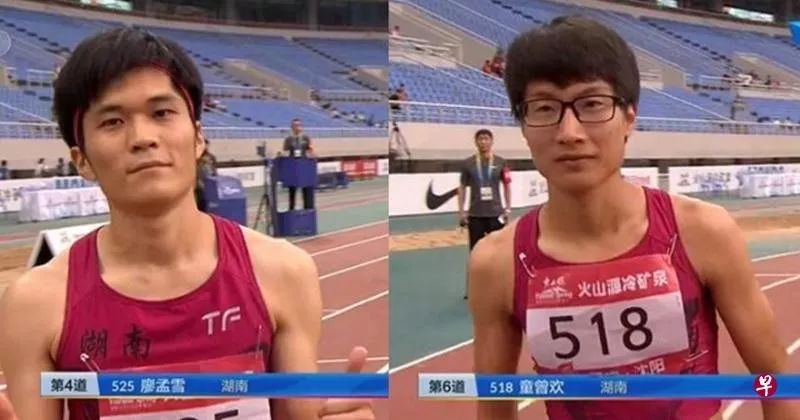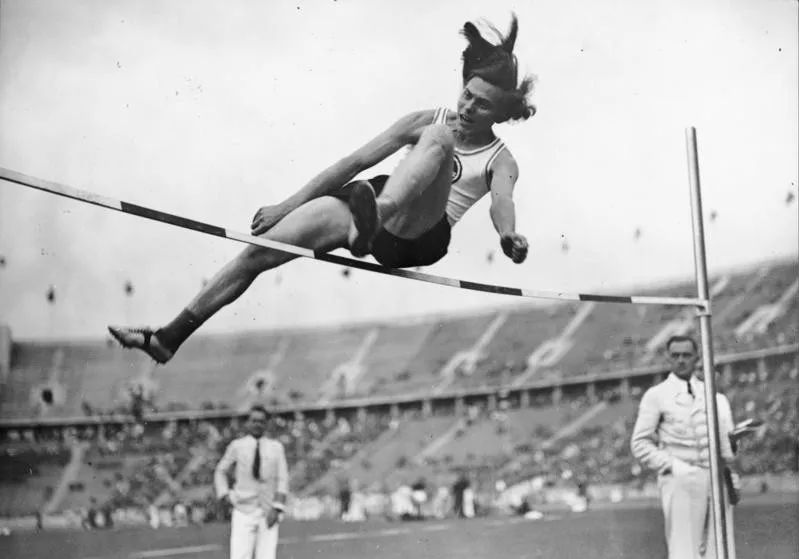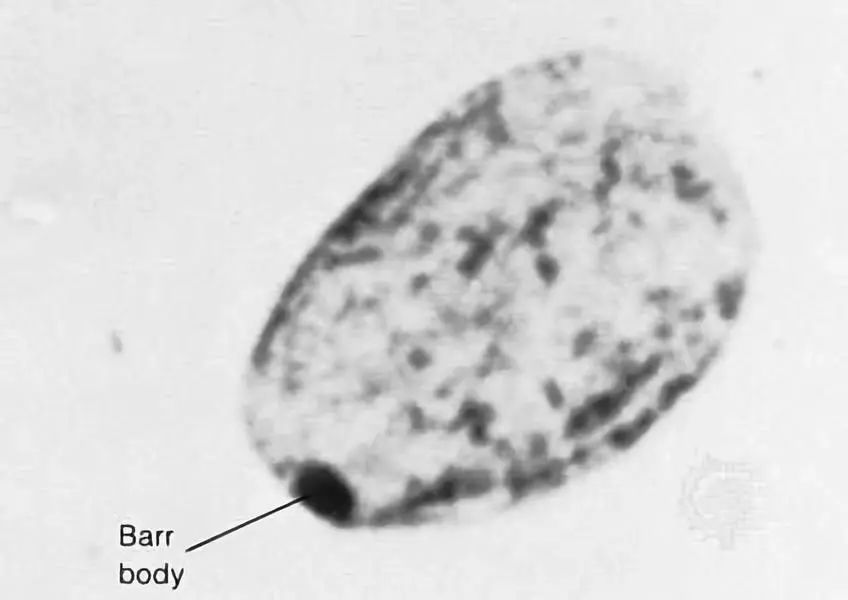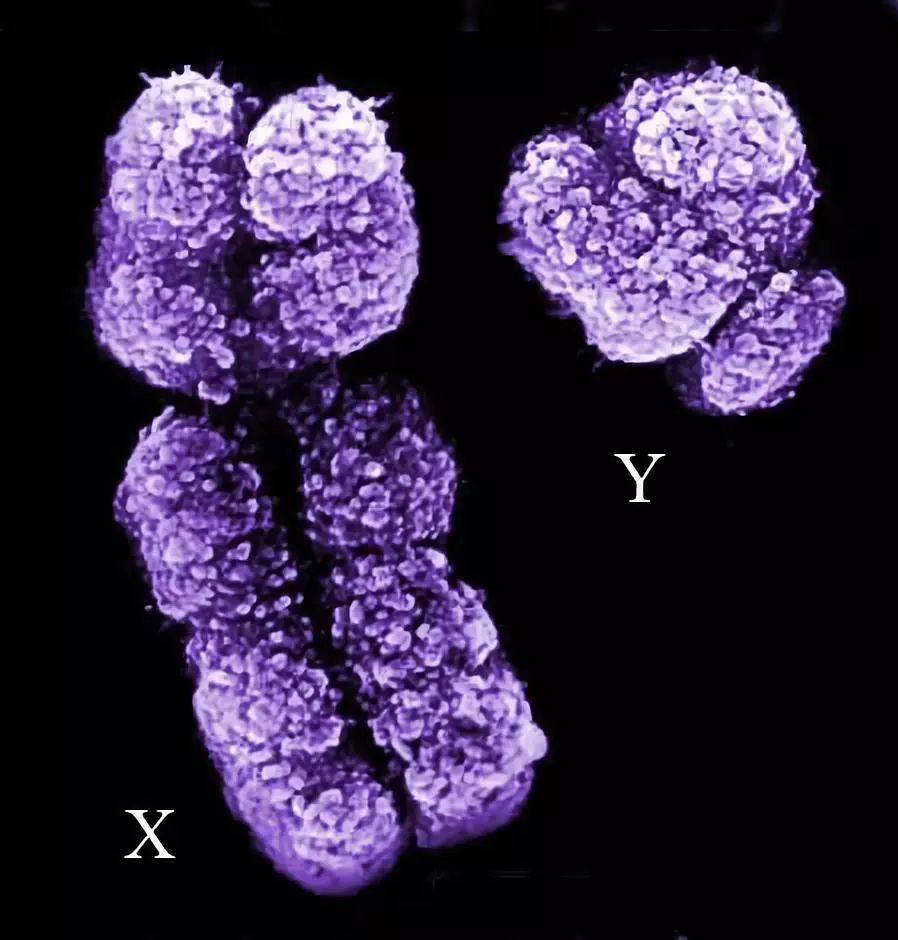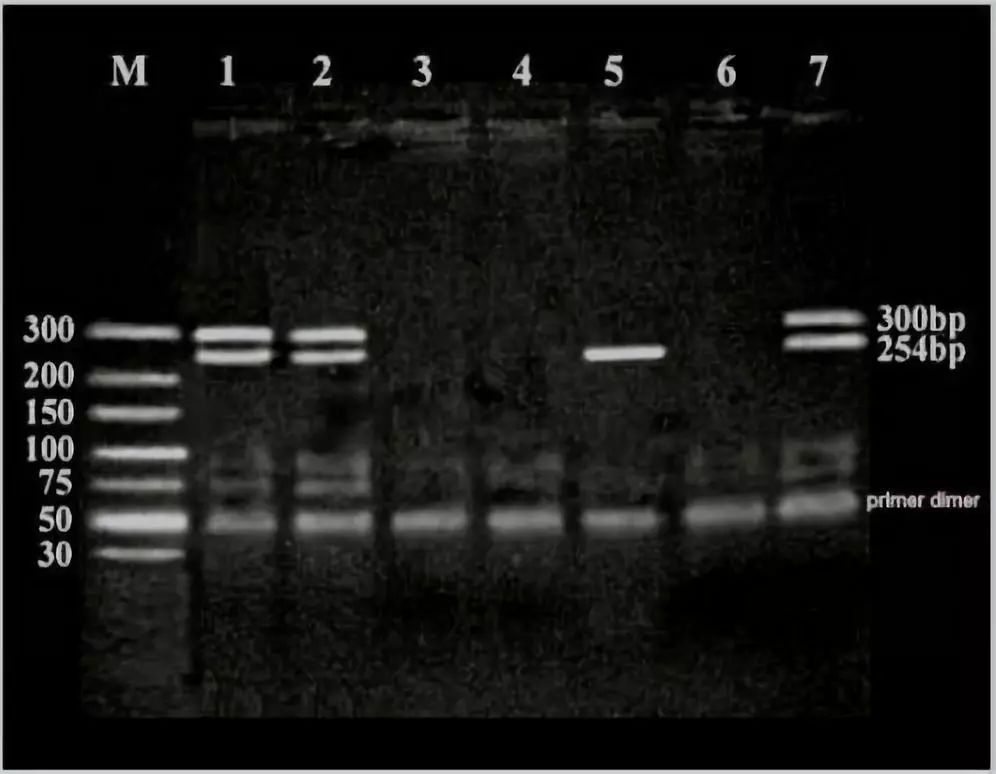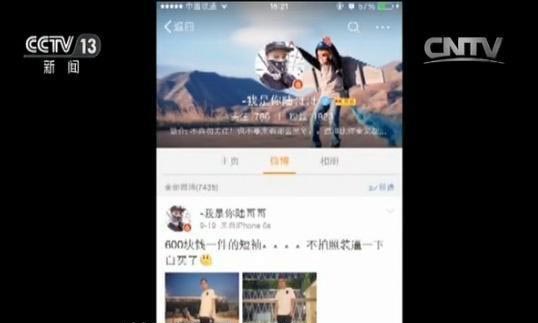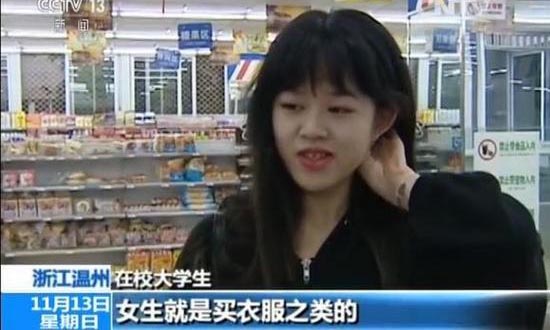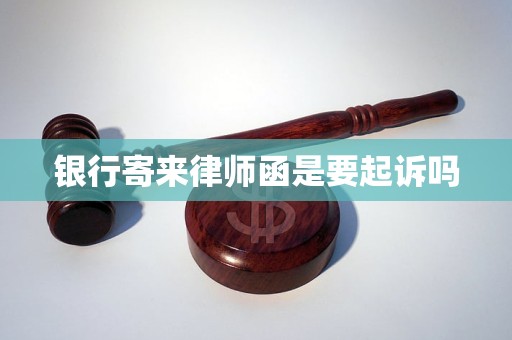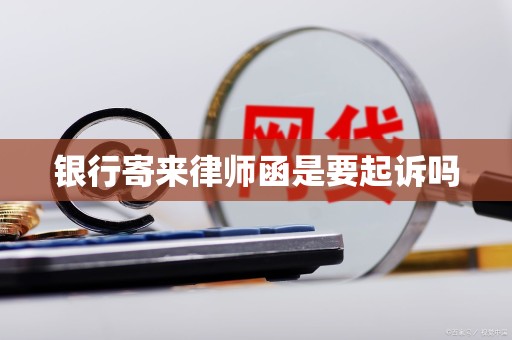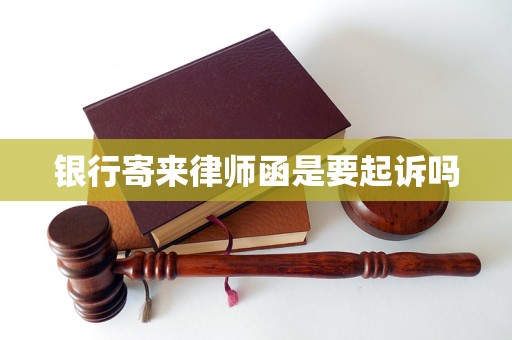The major adjustment of passport policy for overseas China citizens was officially implemented in January 2019.
Heavy and exclusive! The major adjustment of passport policy for overseas China citizens will be officially implemented in January next year.
According to the exclusive news that CCTV reporters learned from the Consular Department of the Ministry of Foreign Affairs, in order to better meet the needs of overseas China citizens to apply for passports, the passport policy for overseas China citizens will be greatly adjusted. After the adjustment, the scope of acceptance of overseas China citizens’ passport applications will be further expanded, the requirements of application materials will be further relaxed, and it will be more convenient for minors to apply for permits. Relevant policy adjustments will be officially implemented on January 1, 2019. This is the biggest adjustment of overseas China citizens’ passport policy so far, which has benefited the most diverse people, and it is also an important practice of overseas passport administration according to law.
(A) to expand the scope of acceptance of passport applications.
Before the adjustment, China citizens who already had passports must, in principle, stay abroad for a long time if they apply for new passports abroad.
After the adjustment, overseas China citizens will no longer be required to settle abroad when they renew their passports. This means that, except in cases where laws and regulations clearly prohibit the issuance, such as China citizens who have gone abroad for a short period of time, they can get a new passport if the passport is about to expire and the visa page is about to run out.
(2) Relaxing the requirements of application materials.
The declaration system of passport applicant’s nationality status was introduced, which relaxed the requirements of application materials and ensured that the applicant did not go to a third-party institution to issue a certificate.
Before the adjustment, when people apply for passports from foreign embassies and consulates, they must provide local valid residence certificates or visas, and sometimes they need to go to local third-party institutions to issue materials to prove their nationality status.
After the adjustment, the system of declaration of nationality status was introduced with reference to the international practice, that is, the passport applicant made a declaration on his nationality status, and was responsible for the contents of the declaration and assumed legal responsibility.
It will be easier to prepare materials. In addition to the local valid residence certificate or visa, you can also choose to provide any one of local medical cards, social security cards, bank statements, water and electricity bills, etc. to prove that the applicant does not really belong to the situation that you cannot apply for a passport abroad. You can use whatever materials you have at hand, and you don’t need to go to a third institution to issue a certificate.
(three) minors to make two adjustments.
(1) Minors only need a legal guardian to be present and agree.
According to the relevant laws and regulations of our country, when minors apply for passports, legal guardians must be present to agree. Before the adjustment, we require both parents to be present at the same time. However, with the development of the times, the mobility of personnel has increased and the pace of work has accelerated, making it increasingly difficult for both parents to be present at the same time. For example, it is really difficult for both parents to be present at the same time when the mother is taking her children to school abroad and the father is at home.
After the adjustment, minors only need one legal guardian (father/mother/other legal guardian) to apply for passports and travel permits from foreign embassies and consulates and give their consent. Passport is a necessary travel document for every China citizen abroad. Through the above adjustments, it will be more convenient for minors to apply for passports abroad.
(2) unify the materials for minors to apply for travel permits.
Before the adjustment, due to the great diversity of countries, embassies and consulates abroad required different materials when accepting applications for minor travel permits. This may confuse some applicants. There are also so-called "strategies" for handling travel permits in different embassies and consulates on the Internet. Some of these strategies are well-intentioned, but a few people take advantage of them, and even defraud "intermediary fees" through false propaganda, which harms the interests of applicants.
After the adjustment, foreign embassies and consulates will implement a "global communication"-a global unified material standard for minors to apply for travel permits. Except for the first application, it should be handled in the embassy or consulate of China in the country of birth, others can apply to any foreign embassy or consulate in China or the embassy or consulate in Hong Kong or Macao. If there are no special circumstances, all libraries can issue certificates within 4 working days after accepting it.
(D) the background of policy adjustment
In the past, China citizens abroad were mainly overseas Chinese, that is, Chinese, who had lived abroad for a long time or even settled down. The passport work of our embassies and consulates abroad mainly served overseas Chinese. However, since the reform and opening up 40 years ago, the exchanges between Chinese and foreign personnel have become increasingly frequent, and the "gold content" of China passports has become more and more sufficient. In addition to overseas Chinese, more and more compatriots have gone abroad for business, study abroad, visit relatives, visit, etc. Although they have not settled abroad, they still need to stay abroad for a long time. Passport services of China’s embassies and consulates abroad must also keep pace with the times, so as to better serve the people and let the achievements of the national "streamline administration, delegate power, strengthen regulation and improve services" reform go abroad and benefit overseas compatriots.
In addition, the Online Booking System for Overseas China Citizens’ Passports, which was launched in 2016, has been upgraded recently, adding new functions such as "Inquiring about the progress of passport processing" and "Collecting consular service evaluation".
(1) Adding the function of "Inquiring about the progress of passport processing", the applicant can obtain the real-time processing progress in the reservation system, and the system can also automatically send the processing progress to the applicant’s registered e-mail. By optimizing the process, the time of obtaining evidence has been greatly shortened-from the previous 15 working days to the fastest week or so.
(2) The function of "collecting consular service evaluation" is added. After obtaining the certificate, the applicant can evaluate the window service, business handling and accreditation environment of the embassy and consulate online and leave a message to make suggestions. Your comments can provide an important reference for us to identify the links that need to be improved in the service under the background of "internet plus" and combined with big data analysis, and make clear the direction for the next improvement work.
("Online Booking System for Overseas China Citizens’ Passports" website: https://ppt.mfa.gov.cn)
(CCTV reporter Zhang Lin Huang Huixin)
